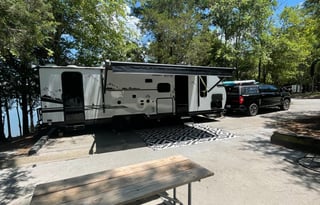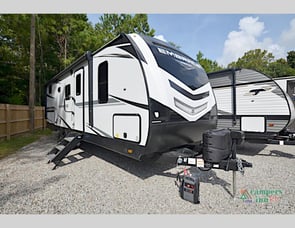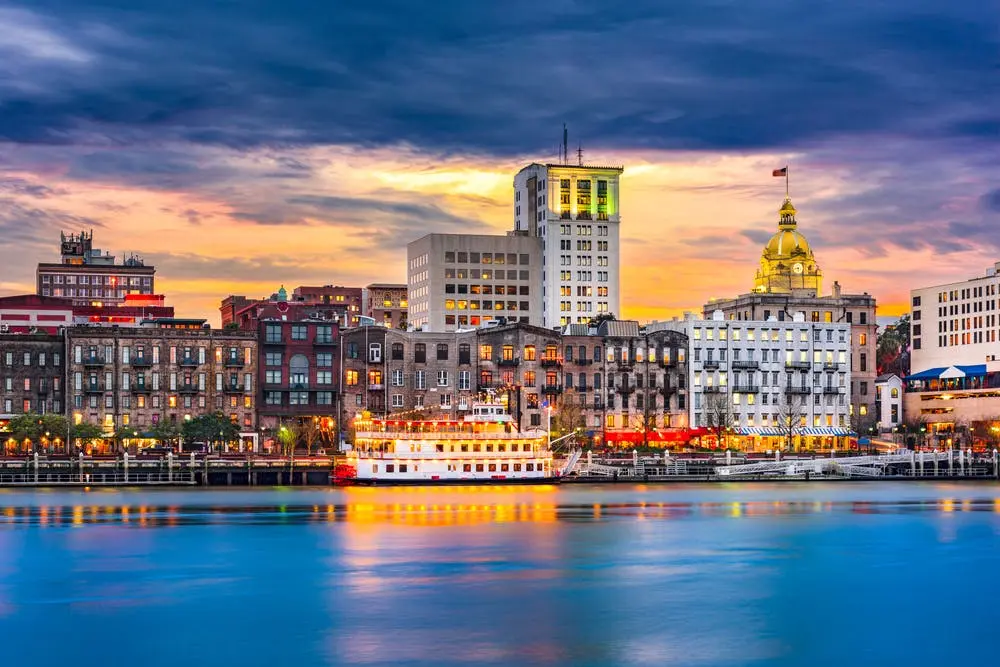Charleston is a port city in South Carolina with a population of 150,277. It's known for its antebellum houses, cobblestone streets and horse-drawn carriage rides. The Battery District and the French Quarter are especially popular among tourists looking for the best architecture the city has to offer. Charleston was originally located at Albemarle Point, along the west bank of the Ashley River, in 1670. It was called Charles Towne Landing in honor of King Charles II. In 1680, it was relocated to its current site. It officially became Charleston in 1783 when it was incorporated as a city.
Slavery is heavily tied to Charleston's history. It was a major slave trade port. Approximately half of all slaves coming into the United States arrived through this city. Charleston formally apologized in 2018. Between the Revolutionary and Civil Wars, Charleston experienced an economic boom. Cotton crops brought huge wealth to the few at the top of society. The cash that the cotton crops brought in funded much of the city's impressive architecture.
Charleston played a pivotal role in the Civil War. The war started in 1861 in Charleston Harbor, and it ended shortly after Union forces took the city in 1865. Federal forces remained in Charleston during the city's reconstruction phase. By the late 1870s, industry was bringing the city back to life. New jobs were being created and brought new people in. The tourism boom began in the 1920s after Albert Simons and Samuel Lapham's "Architecture of Charleston" was published.
Today, visitors to Charleston can tour Fort Sumter, which is where the Civil War started. You can learn more about the city's history as you explore the many historic plantations like Drayton Hall; the McLeod Plantation Historic Site; and the 110 acres of Middleton Place, where you can tour the home museum and stroll through some of America's oldest gardens. After visiting the city's historical hot spots, Charleston's shores feature several beaches and islands that provide fun and relaxation.
Campgrounds Near Charleston, South Carolina
Lake Aire Campground is in Hollywood, South Carolina, a half-hour west of Charleston. This 35-acre RV park has 87 sites available with full hookups. The private lake provides guests with catch-and-release fishing. There's a large pavilion on the property and a playground for the children. Campsites include picnic tables and fire rings. Daily rates start at $44 per day.
James Island County Park in Charleston is part of the Charleston County Parks System. Guests have access to freshwater lakes, bicycle and boat rentals, and a playground. A convenient shuttle provides rides to downtown Charleston. Cell service and Wi-Fi are available. Daily rates start at $56.
The pet-friendly Oak Plantation Campground in Johns Island, 25 minutes northwest of Charleston, has over 200 sites with full hookups. The property features a swimming pool, a trading post offering supplies, and a freshwater lake. Cell service and Wi-Fi are available. Rates start at $66 per day.
State Parks Near Charleston, South Carolina
Edisto Beach State Park is an hour and 15 minutes southwest of Charleston. This popular park is known for its oceanfront beaches that stretch across a mile. The park's 1,200 acres provide waterside fun. Camping is available, which allows you to become fully immersed in the park's surroundings. It's also the home of the largest network of ADA-accessible hiking and bicycling trails found in South Carolina, making it easy for families to enjoy all the park has to offer.
Givhans Ferry State Park in Ridgeville, 50 minutes northwest of Charleston, is a scenic public recreational area found on land donated by Charleston. It was developed by the Civilian Conservation Corps in 1934. The park is named after the significant ferry master Philip Givhan, who operated the ferry on the Edisto River. Popular activities include hiking, mountain biking and bird-watching as well as fishing on the river for bass, bluegill, crappie and bowfin. The boat drop-off area provides access to the Edisto River for small boats. The Bluff Nature Trail is a must-see while visiting the area, and picnic shelters are scattered throughout the park.
Hunting Island State Park encompasses 5,000 acres of beautiful barrier island landscape located on South Carolina's beautiful coast in Savannah, an hour and 55 minutes southwest of Charleston. People of all ages will enjoy the 5 miles of beaches and the fun they provide. Adventurous visitors will want to explore the park's marsh area and maritime forest. There's a convenient fishing pier available, and you don't want to miss walking to the top of the 130-foot-high historic lighthouse while visiting. Swimming is permitted in the saltwater lagoon.
National Sites Near Charleston, South Carolina
Twenty minutes southeast of Charleston, the Fort Sumter and Fort Moultrie National Historical Park allows you to enjoy several hiking trails, learn about the slave trade and discover more about the evolution of the United States military. The first shots of the Civil War were fired on April 12, 1861, on an island off Charleston's coast. The newly formed Confederate Army had bombarded Union troops. That island, along with a mainland fort, makes up this park. Here, you'll learn about the early days of American history while visiting both forts, seeing world-class museums and viewing historic buildings that have survived hundreds of years.
The Reconstruction Era National Historical Park in Beaufort, an hour and a half southwest of Charleston, explains how the end of the Civil War left behind the challenge of bringing former slaves into a society of free people. Beaufort was the first place in the country to emancipate slaves and let them own property, vote, and create schools, churches, and businesses. This park explores how people struggled with exactly what free and equal meant during the Reconstruction Era, which lasted from 1861 through 1900.
Fort Pulaski National Monument is located on the 5,623-acre Cockspur Island, which is two and a half hours southwest of Charleston. The park encompasses 4,500 of those acres, and it's designated as Eligible Wilderness. This means that there's as little contact with humans as possible. When hiking on the trails, you must stay on the marked path or be cited. The fort was constructed between 1827 and 1843. It was the first brick fort to be attacked by rifled artillery. This put an end to the viability of such forts. Begin your visit by viewing the 20-minute film that is shown in the visitor center to learn more about the history of this area.
National Forests Near Charleston, South Carolina
Francis Marion National Forest is located 45 minutes northeast of Charleston. It was established in 1936, and it's named after a Revolutionary War hero. It encompasses a subtropical coniferous forest. Hiking, horseback riding, boating and mountain biking are all possible here. Target shooting is offered at the rifle range, and specific trails are designated for ATVs and motorcycles. Fishing enthusiasts will appreciate the bass, bream, crappie, shad and catfish found in the forest's waters.
Two hours and 45 minutes northwest of Charleston, Sumter National Forest encompasses 371,000 acres that are divided among three distinct ranger districts. Each area has unique characteristics to enjoy. The Indian Creek Wildlife Habitat Restoration Interactive is found in the Piedmont District. The Forks Area Trail System is located within the Long Cane Ranger District, which is ideal for mountain biking. The Andrew Pickens District includes the Chattooga River and several mountain peaks. Black bears, coyotes, beavers, otters, deer, bobcats and raccoons are a sample of the wildlife found within this forest.
Croatan National Forest in North Carolina, five and a half hours northeast of Charleston, is a coastal wooded region that is surrounded on three sides by water. The 159,885 acres encompass bogs, swamps, salt estuaries and pocosins. When early European settlers came across this region, they moved along, dismissing it as uninhabitable. However, the Native Americans in the area thrived. They knew how to take advantage of the abundant fishing available in the area's waters, and they were able to hunt the local wildlife for additional food. They saw this land as ideal for growing many types of vegetables and herbs. Today, guests can enjoy the beauty of the forest by exploring the many available hiking trails. Common wildlife in the forest includes black bears, squirrels, raccoons, wild turkeys, bobcats and even alligators.




















































































